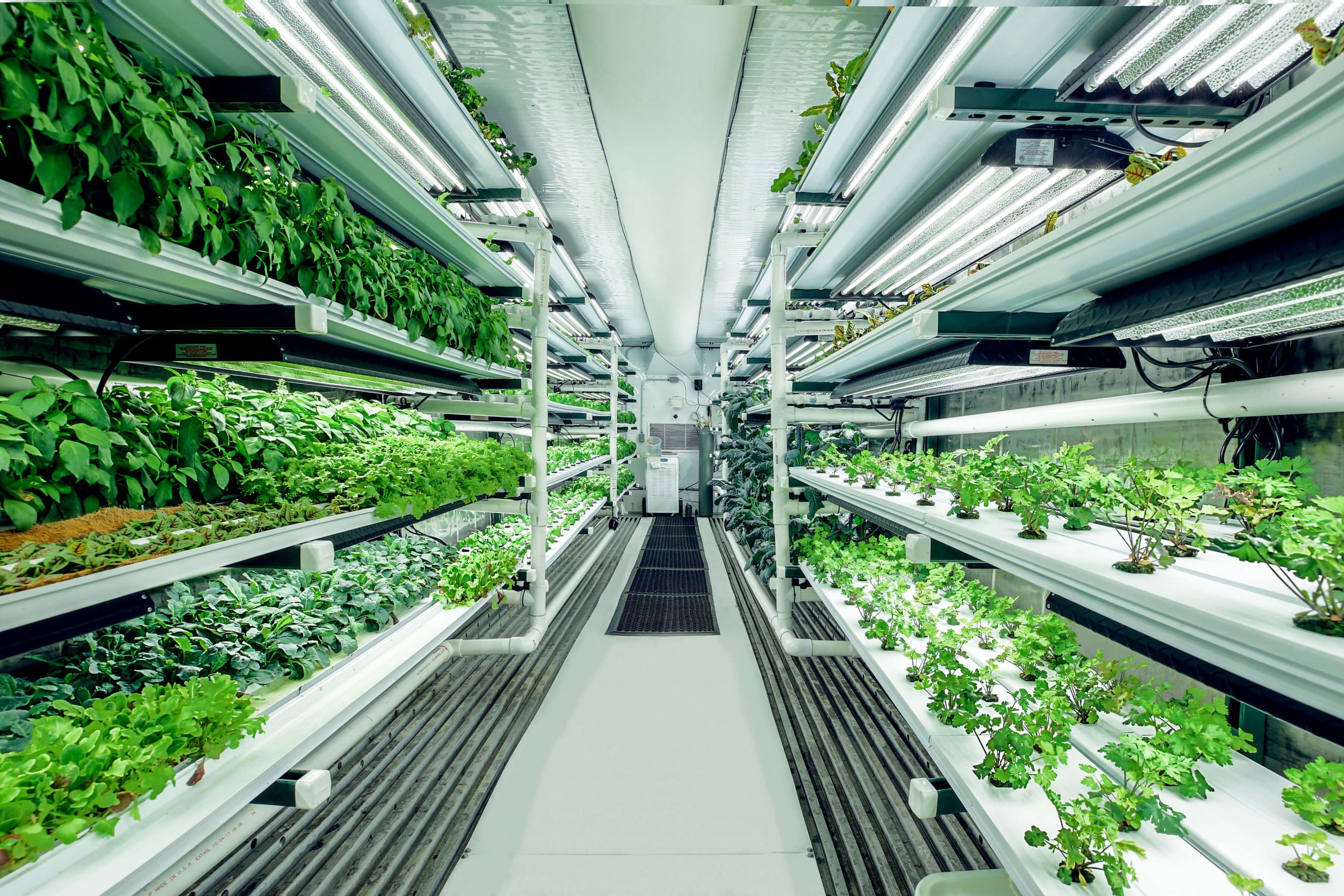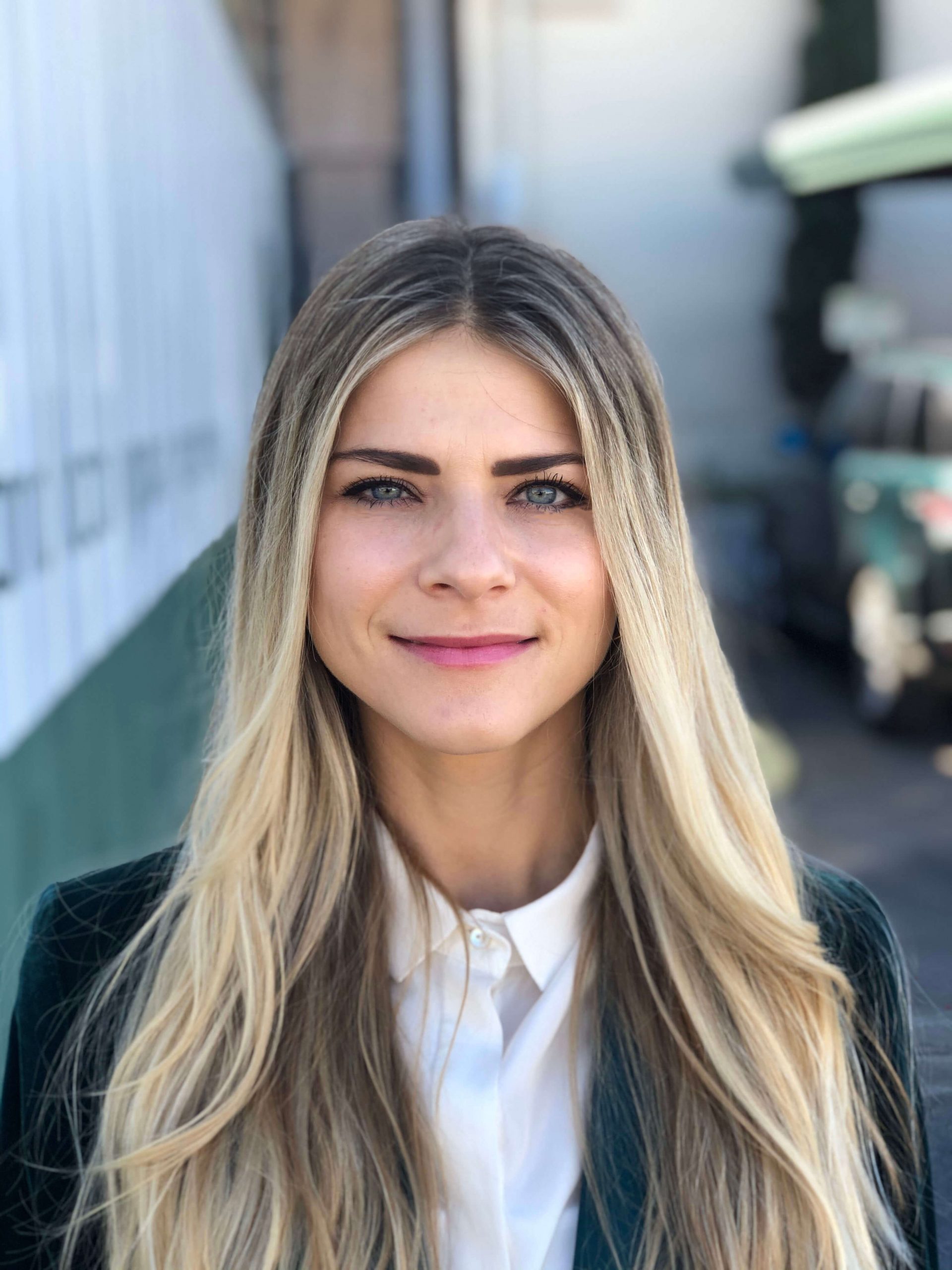 Pure Greens offers turnkey hydroponic container farms
Pure Greens offers turnkey hydroponic container farms
By Emily Ditomasso
Phoenix business owners Damon and Taisiya Jacobson were inspired to create a product that changed the way people view growing their own produce.
With prayer and a newfound interest in farming, the couple created the company Pure Greens, LLC in 2015.
Pure Green’s sister company
Pure Greens, a sister company to Southwest Mobile Storage and Fire Training Structures, manufactures and sells turnkey hydroponic container farms in refrigerated shipping containers.
“My husband’s expertise [is] the container and I have expertise [in the] food and nutrition,” Taisiya explains. “We combined them together.”
The refrigerator units are available in various layouts, and can grow leafy greens, herbs and micro greens year-round.
In order to keep their produce healthy and flavorful, it is grown without soil, using recycled water, and in certain temperatures and lighting—which is all controlled through an app.
LED lights
According to Andrew Wise, head grower at Pure Greens, the LED lights used in the unit are not only a more sustainable option, but are also a cheaper alternative.
“As far as power consumption goes. Our LED grow lights are about 25%-30% more efficient than a fluorescent light. The LED grow lights also decrease maintenance cost (re-lamping) by upwards of 40% compared to a standard fluorescent light,” he says.
To give customers a deeper understanding of how they can add vegetables into their everyday meals, Pure Greens also launched a YouTube channel, where Taisiya creates cooking videos with recipes they find on the internet.
So far, there are four recipe videos available—thyme and mushroom pasta, cucumber dill salad, caprese bruschetta and spring quinoa parsley salad.
“We want to encourage people to cook and incorporate greens and micro greens into their diet,” Taisiya says.

Long term goals
While the current units are limited to growing only specific items, the long-term goal is to build a different system that adds items such as tomatoes and strawberries to the indoor farm.
“Tomatoes and strawberries are more vertical and need more space,” Taisiya explains. “They need a completely different time set with the lighting and the temperature.
While Taisiya does not believe this form of farming will replace traditional farming, she said she believes it will definitely help farmers, since the main problems many farmers face are in regards to irrigation and soil.
“The key to a good crop is good soil,” Taisiya explains. “When all the minerals are taken out of the soil, then we have a problem.”
The future of the indoor farming industry
The Pure Greens owner said she sees a bright future for the indoor farming industry because how advanced both China and Europe have become.
“Asia is way advanced,” she says. “They have a whole community where everything is sustainable and vertical.”
Taisiya adds that the industry is going to grow, and that America is only in the beginning stage of it.
In larger cities such as Chicago and New York, there are people growing gardens on their rooftops because of the rise of E. coli in vegetables due to the amount of produce that is being transported in a span of a week.
“People are not interested in eating that,” she says. “It is tasteless and full of herbicides and pesticides.”

Pure Green’s expansion
As of now, Pure Greens sells its produce to local chefs, various other end-users, and can be found at farmers’ markets. However, they hope to expand their client base in the future.
Taisiya shares that working with different schools is definitely on her list of future plans—not only to sell them their produce, but to also provide them with their own unit as an educational tool.
She also added that she is interested in using Pure Greens to help challenged-climate countries such as Puerto Rico and Africa.
“It can be any place that is facing calamities,” she says.
Units for homes
Pure Greens has looked into partnering with bigger industries and farming experts, but they also want the unit to be available for people who simply want to grow their own produce.
The plan is to work with builders and include units in everyday homes. Depending on the client’s desires, Pure Greens can make a unit half the size, so a house owner can create their own leafy garden.
“I feel like America is becoming more aware and wants to lean toward the shift of locally grown foods,” Taisiya says.
For more information on Pure Greens, visit www.puregreensaz.com, on Facebook at @PureGreens, or on Instagram at @puregreensllcaz.
Keep up with all of Green Living’s content by visiting our website.
Emily DiTomasso is a senior at Arizona State University, studying journalism. After graduation, she will work towards finding a writing or photography job. In her free time, she likes to watch movies, read, bake, and spend time with her friends, family and her dog, Toby.







Great article. Good information and well done. Dean